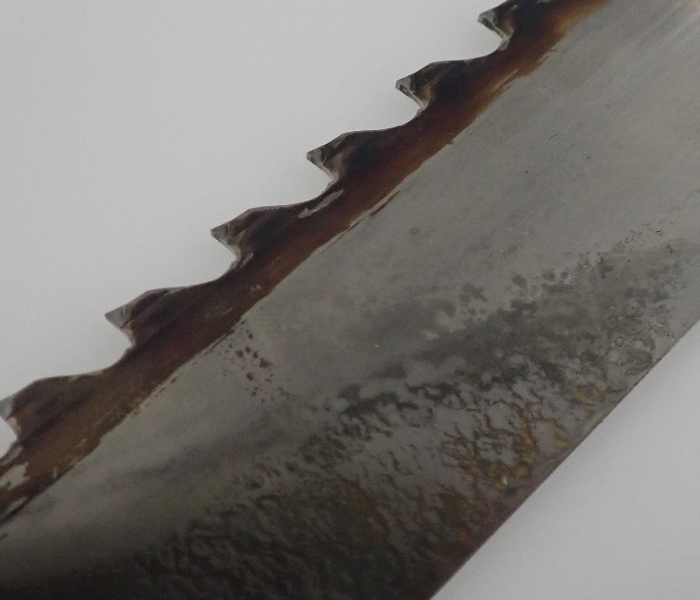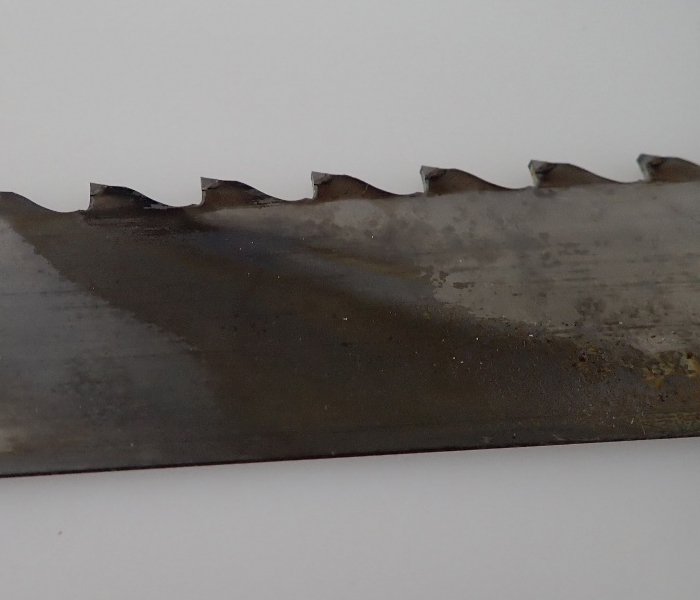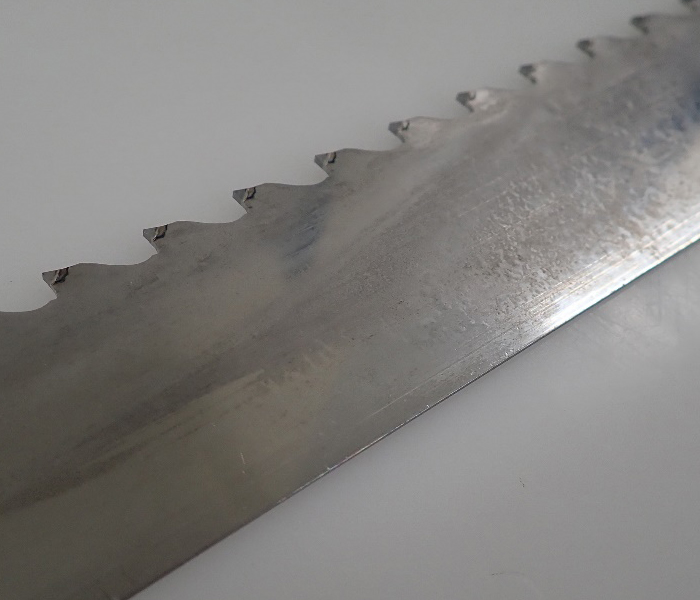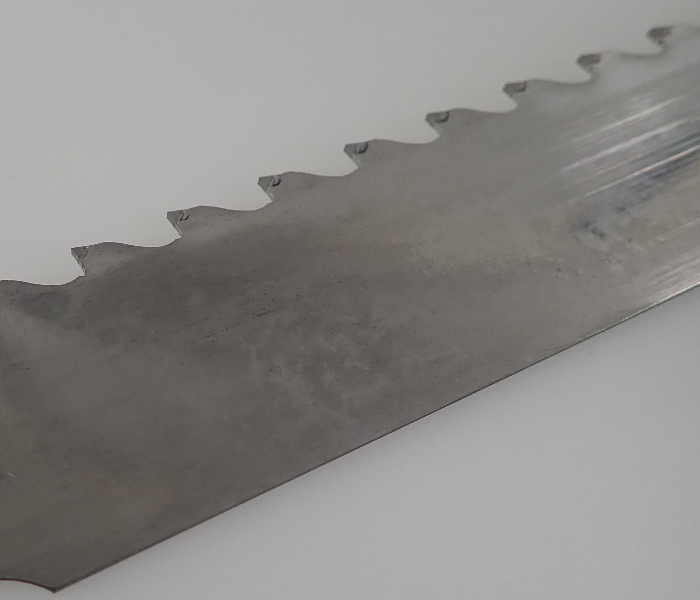Cleaning Saw Blades with Ultrasonic Cleaning
In industrial settings, cleaning precision tools like saw blades is essential for maintaining their performance and longevity. For this trial, saw blades, suspected to be made of low alloy steel, were contaminated with cutting residue and cleaned using H14, a highly alkaline cleaning agent known for its effectiveness in removing stubborn contaminants. The goal was to evaluate H14's performance in an ultrasonic cleaning process while assessing its compatibility with the material.
Material: Low alloy steel (suspected)
Contamination: Cutting residue
Cleaning Equipment: K-Sonic 30 benchtop ultrasonic cleaner
Cleaning Agent: H14 alkaline cleaner
Temperature: 70°C
Concentration: 20-30%
Trial Process
A non-contaminated tank containing a 20-30% dilution of H14 was prepared, and multiple components underwent different cleaning cycles to assess the effectiveness of the cleaner under various conditions.
One component was subjected to a 5-minute ultrasonic wash cycle in a 20% H14 solution at 70°C. After the ultrasonic cleaning, the component was manually rinsed and air-dried. The results indicated that H14 was highly effective at removing the cutting residue without causing any visible damage or negative effects on the material. This short cycle demonstrated that H14 is capable of delivering a high level of cleanliness in a relatively brief time.
Another component was cleaned in a batch process. A 10-minute ultrasonic cleaning cycle was applied in the H14 solution, followed by a manual rinse with tap water and drying. The longer cleaning duration provided enhanced results, further removing contamination and confirming H14's efficiency. No material degradation or adverse effects were observed.
Another component had been previously treated with an acidic phosphating process, which left a layer of phosphate coating on the surface. The objective of this trial was to determine whether H14 could effectively strip away the phosphate. Component C was washed for 10 minutes in the H14 solution, followed by a 2-minute ultrasonic rinse in tap water and manual drying. While the alkaline cleaner did help to remove some of the phosphate coating, complete removal was not achieved. This suggests that additional cleaning cycles or alternative methods may be required to fully reverse acidic phosphate treatments.
One component was cleaned using an acidic cleaner, Solvit No. 4, for comparison. The material, identified as low alloy steel, experienced some phosphating due to the acidic nature of the cleaner. This resulted in a dark, coarse finish on the surface, highlighting the risk of using acidic cleaners on this type of material. The outcome underlined the importance of selecting the right cleaning agent to avoid unwanted surface alterations.
Results & Observations:
H14 demonstrated excellent cleaning performance on all components tested, particularly for removing stubborn cutting residue from the saw blades. No negative impact on the material was observed during the trials, confirming H14's compatibility with the suspected low alloy steel. However, it's important to note that H14, being a strong alkaline cleaner, is not suitable for use on soft non-ferrous metals, as it may cause damage. H14 was used at concentrations ranging from 20-30%, although typical applications often involve a 10% concentration. The cleaner's effectiveness in ultrasonic cleaning processes makes it a versatile option for industries requiring precision cleaning of robust metal components. Conclusion: The trial results demonstrate that H14 is a highly effective alkaline cleaner for industrial applications, particularly in removing tough contamination like cutting residues. The use of ultrasonic cleaning further enhances its performance, ensuring a thorough clean without damaging the material. However, the cleaner is not recommended for use on non-ferrous metals due to its strong alkalinity. All cleaned parts were sent back to Rohan for further inspection and evaluation, confirming the trial's success in meeting cleaning objectives.
Before cleaning saw blade


After cleaning saw blade


